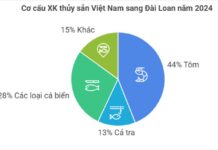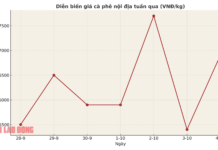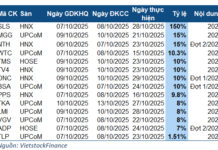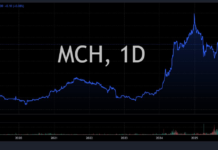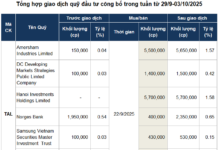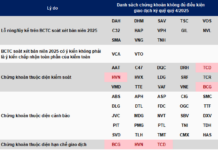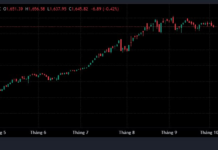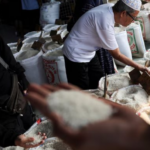When the first KFC outlets appeared in Indonesia in the late 1970s, Kentucky Fried Chicken was seen as a symbol of modernity—a taste of America in the heart of a rapidly modernizing Asia. But over four decades later, the narrative has shifted.
According to the latest announcement from Fast Food Indonesia, the franchisee operating KFC in the country, the chain closed an additional 19 outlets in 2025, following the shutdown of 47 stores in 2024 alone, resulting in the layoffs of over 2,200 employees. One of the world’s oldest fast-food brands is facing unsettling signals in one of Southeast Asia’s most populous markets.
As reported by Asian Agribiz, KFC Indonesia recorded a net loss of approximately $35 million in 2024, forcing its parent company to undertake a “major overhaul”—scaling down operations, cutting staff, and closing underperforming outlets. Company representatives admitted to the media that the closures primarily affected non-urban areas, where sales were low while operating costs—from rent to utilities and labor—skyrocketed post-pandemic.
Wachjudi Martono, Director of FAST, stated that the closures were mainly due to expiring lease contracts and poor business performance at certain locations, which had not recovered since the Covid-19 pandemic five years ago.
“If a lease expires and the store’s performance hasn’t improved, closure is the logical choice,” Martono said in a recent online press conference.
Indonesia’s situation is, in fact, just a small slice of KFC’s global picture, where the “Kentucky Fried Chicken” brand is experiencing what some call its “toughest phase” in years. An article in Food Republic notes that KFC’s foot traffic in the U.S. and several Asia-Pacific markets has significantly declined since 2023. Observers cite three main reasons: non-competitive pricing, a shift toward healthier eating habits that discourage fried foods, and the rise of local fried chicken chains offering native flavors at lower prices.
In Indonesia, this trend is even more pronounced. Domestic brands like Richeese Factory and Rocket Chicken are expanding rapidly, blending traditional flavors with flexible menus, while international chains like Texas Chicken and Jollibee are also increasing their presence.
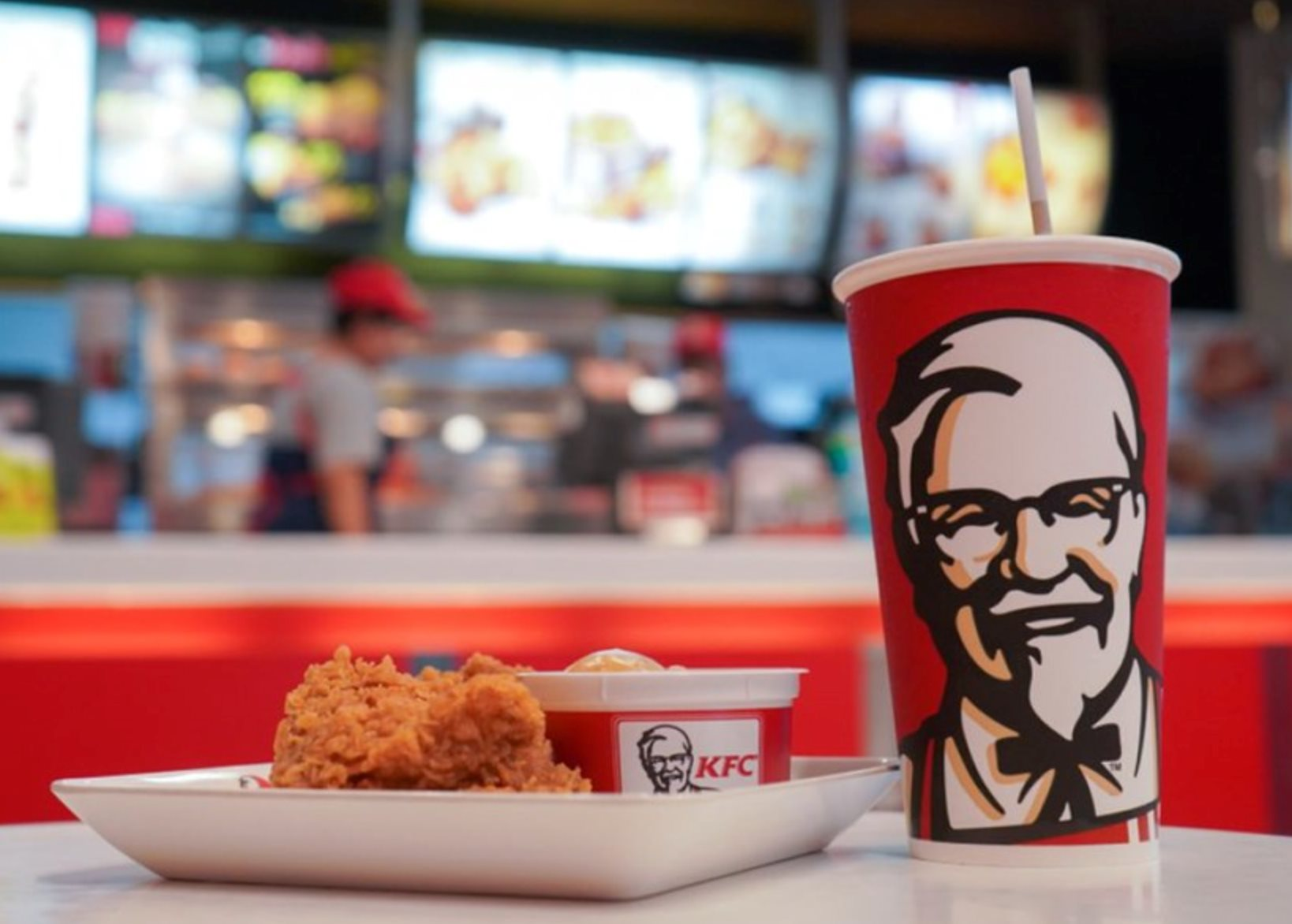
“The market is no longer KFC’s exclusive domain,” The Jakarta Post commented. “Younger customers now prefer local eateries, regional menus, and more affordable prices.”
Amid fierce competition, KFC’s “mass-market” strategy—reliant on its global brand image—has become cumbersome, lacking the flexibility needed to adapt.
Financial pressures are also hindering KFC’s growth. According to Yum! Brands’ financial reports, operating costs—particularly for raw materials and labor—are rising sharply in many countries. Fluctuations in chicken, cooking oil prices, and global logistics post-supply chain crises have eroded profit margins. KFC’s heavy reliance on franchising means reduced royalties when sales drop, while marketing and partner support costs remain high.
In Indonesia, another factor is declining purchasing power amid high inflation. Food prices rose over 7% in the first half of 2025—the highest in five years—causing middle-class and student consumers, KFC’s core demographic, to cut back on spending.
A “Fried Chicken Combo” in Jakarta now costs the equivalent of $2.50, 30% higher than pre-pandemic levels. As families tighten their budgets, American-branded fried chicken is no longer a priority.
Ironically, while some markets shrink, parent company Yum! Brands remains ambitious, aiming to expand KFC’s global footprint to 75,000 outlets in the next decade, with 90% located internationally.
The pressure to “grow at all costs” has forced many local franchises, including Indonesia’s, to expand rapidly to meet investor expectations, even when market conditions are not ripe. Over-saturation in low-purchasing-power areas has reduced average store efficiency, and when revenue no longer covers costs, closures become inevitable.
This saturation isn’t limited to Southeast Asia. In June 2025, KFC closed 11 outlets in Denmark after food safety violations were discovered. Months earlier, several KFC stores in the UK, Australia, and South Africa halted operations due to fresh chicken shortages. While isolated, these incidents collectively paint an unflattering picture of the brand’s global supply chain and operational capabilities.
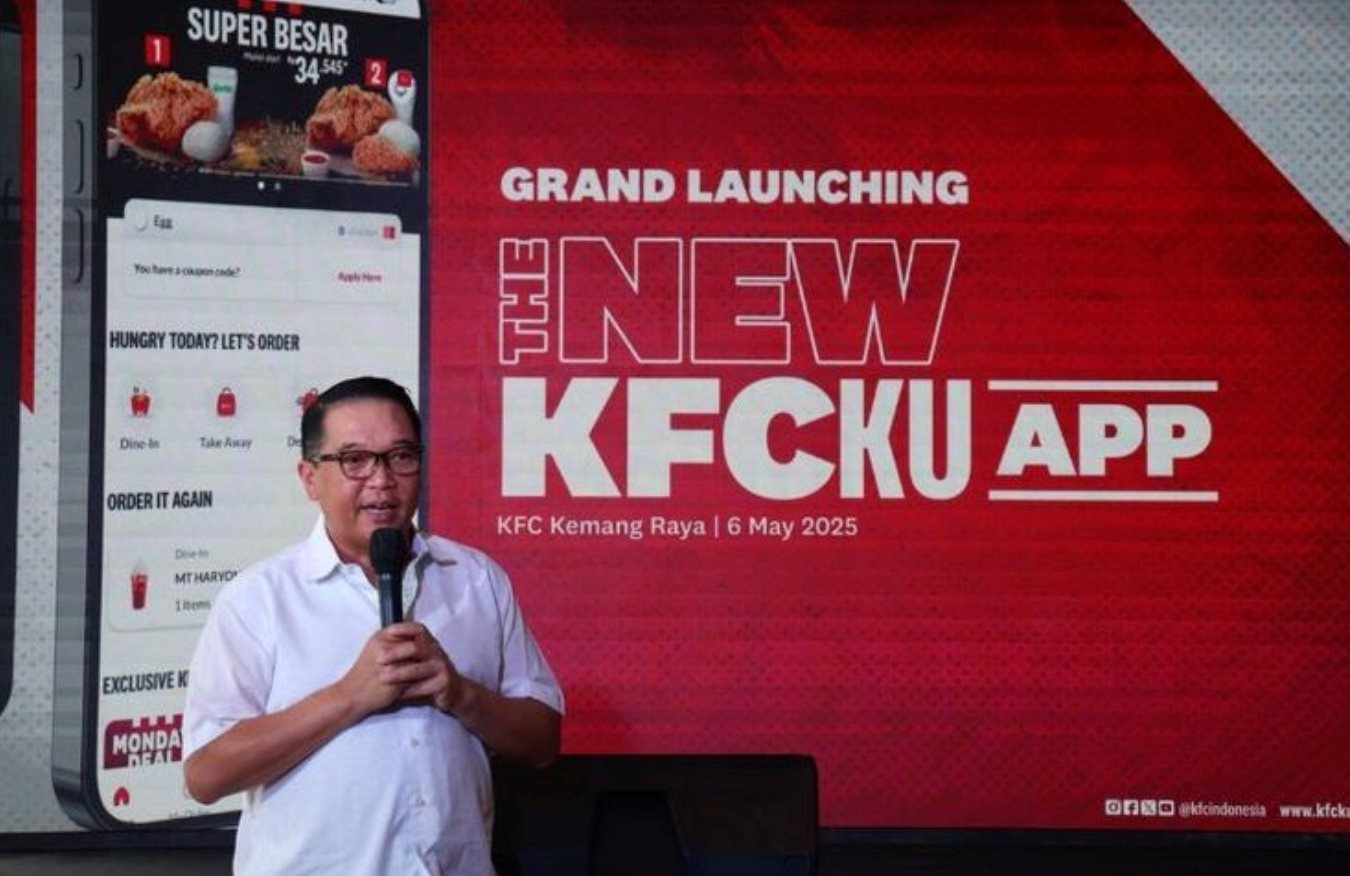
In reality, KFC is caught between two opposing trends: the need for innovation—healthier menus, a younger image—and its legacy as a “fried chicken” brand associated with oil, batter, and classic flavors. While competitors like McDonald’s pivot to coffee, sandwiches, and salads, and Starbucks emphasizes lifestyle over beverages, KFC’s identity remains tied to its fried roots.
KFC’s origins began not in corporate skyscrapers but in a small Kentucky gas station, where a frail, repeatedly failed man clung to the belief that “great chicken could change lives.” That man was Harland David Sanders, later known worldwide as Colonel Sanders, KFC’s founder.
By 1952, in his 60s, Sanders franchised the first KFC to a Utah restaurant. His secret recipe quickly spread across America. Each franchisee received the secret blend and had to purchase pre-mixed spices from Sanders—a brilliant strategy for its time.
By the mid-1960s, KFC operated over 600 U.S. and Canadian stores. In 1964, at 74, Sanders sold the company for $2 million to investors but remained its global face. His image—the white-bearded, smiling Colonel—became a fast-food icon.
Source: Food Republic, Jakarta Globe
“Digital Banking Unicorn Tyme Group Sets Sights on Vietnam Following Philippine Success”
The digital banking wave is sweeping across Southeast Asia, with digital lending growth surging over 20% annually, igniting fierce competition among the region’s tech giants. Amid this landscape, Tyme Group, a Singapore-based digital banking unicorn, has unveiled plans to enter Indonesia this year, with Vietnam on its radar for the near future.
Southeast Asian Nation’s Woes as Vietnam’s Rice Staple Soars: Citizens Stunned by Skyrocketing Prices, High-Quality Supply Dwindles
Despite a surge in production and substantial reserves, rice prices are soaring to unprecedented highs across the nation.



